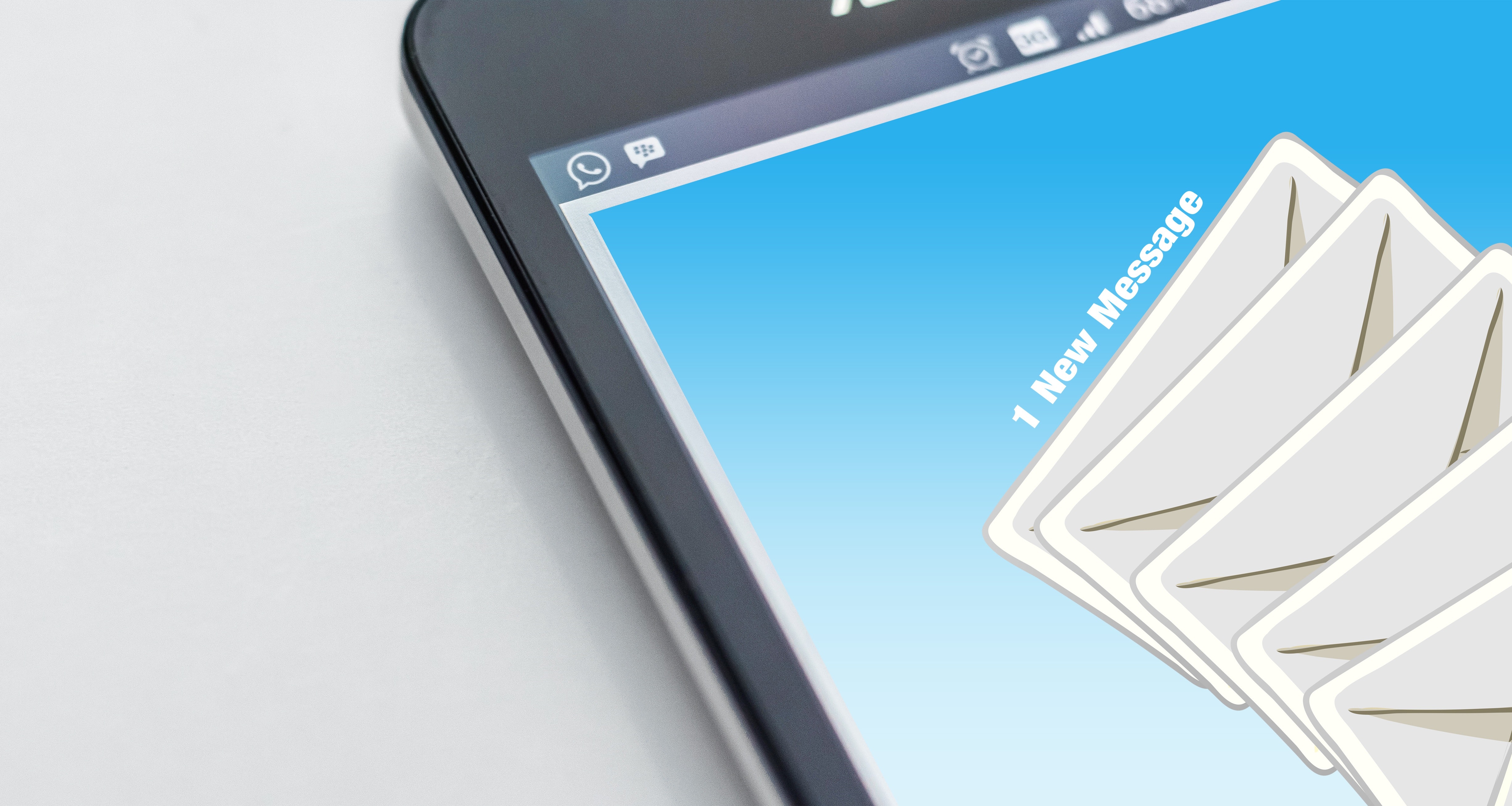
In the ideal sales world, the leads come to you. They find you online and contact you directly. But for startups, sales organizations with big targets, or businesses with very few leads coming to them, they have to do the reaching out. When you reach out to potential customers, that’s outbound sales. The opposite—potential customers reaching out to you—is inbound.
The cold call or cold email is an example of an outbound sales strategy. This is the reason many sales reps get cold feet when making cold calls. They are aware of the risk of rejection. After all, the prospect never signed up anywhere to hear from you! Most are more comfortable sending out cold emails; it’s less nerve-wracking. But that doesn’t mean that it should be taken less seriously or done less strategically.
So what is an outbound email? It’s a sales email sent out to connect with a cold contact—meaning he has never heard from the sales rep or the sales organization before. These contacts have been identified as a potential customer: they meet the business’ ICP (Ideal Customer Profile) and/or buyer personas. (Just to be clear: not all email marketing campaigns are outbound strategies. When a customer opts in to receive your emails, like your newsletters for example, technically, that’s inbound email marketing. These recipients of your inbound email campaign can make changes to their subscriptions or opt out completely, if they wish.)
The outbound email aims to “connect” and begin establishing a relationship with the contact. Of course, the end goal is to sell, but the first email should never begin with selling. You don’t want to turn off a potential customer immediately with a hard sell. So begin an outbound email with an intention to establish a rapport with the prospect and sending valuable content to him.
Why do You Need an Outbound Email Strategy?
- Everyone has email. This makes email marketing a very viable marketing tool. So whether it’s inbound or outbound, email works. According to Radicati Group, more than half of the world’s population uses email as of 2019. This number is expected to increase up to more than 4.3 billion by 2023. Data from Pew Research also shows that 92% of adults in the United States use email, and 61% of these email users are checking and sending emails on an average day.
- Your market regularly consumes content. With email marketing, you can send any kind of content that’s relevant to your target audience. The word "relevant" is key: your email’s content must resonate with the prospect. In fact, with email marketing, your biggest investment would probably be the content. Personalization in emails is a must.
- It can generate more leads. Any organization must never get complacent when trying to generate more leads. Sales reps must always stay hungry for leads, and outbound emails can help you secure more prospects.
- Most importantly: It’s cost-effective, yet it has high ROI. You don’t need much to invest in outbound email marketing. And yet, it provides a high return on investment (ROI). According to Campaign Monitor, every $1 spent on email marketing typically generates about $38 in ROI. This statistic indicates just how cost-effective email marketing can be for businesses, especially smaller businesses that are working with smaller budgets.

Best Practices for Outbound Email Marketing
- Have a strategy. Having a strategy is the first step. You can’t just begin your outbound email campaign without a clear plan. For one, how are you going to secure your list of emails? Some companies purchase email lists but these do not come with any guarantee that the contacts on those lists make up your target audience. You also run the risk of being marked as spam if you send to just random people.
- Define your audience. Who are you targeting? You should have your buyer personas ready—if not, start building them. It must be clear to you who you’re trying to reach.
- Send relevant content. If you have a defined target audience, you'll know exactly the kind of content you must create. That’s because you know the recipient: his needs, interests, pain points, motivations for purchasing—everything the buyer persona tells you.
- Personalize, always. Never send mass emails. Don’t make it easy for the prospect to delete your email within a few seconds. The simple act of addressing the recipient by his first name in the email is a given. Be very clear yet concise in relaying your message, which should be relevant to what prospect needs. You can take it a step further with hyper-personalization. Hyper-personalization leverages on new technology, such as artificial intelligence and machine learning, to deliver more relevant content, communications, and service to clients and prospects.
- Have a call to action. Prompt your reader to an action, whether that’s signing up for your newsletter or subscribing to your blog to “get more important information” or to simply follow you on social media. Again, keep it subtle. Don’t try to close a sale.
- Set up a sales cadence. A sales cadence is a timeline or sequence of sales activities, involving different touch points (email, call, social media), that sales professionals follow to engage a lead. There should be a thoughtful process when scheduling your emails. You don’t just email when you feel like it. You don’t want to annoy the prospect. You set up a cadence to balance your timing, frequency, and touch points. You should start building your sales cadence. Here’s a sample for reference:
Business Day 1: Send an introductory email with an invitation to connect on LinkedIn.
Business Day 3: Call prospect in the afternoon. Leave voicemail if unavailable or unresponsive.
Business Day 5: Send a more targeted email. Call prospect in the afternoon; leave a voicemail if unavailable or unresponsive.
Business Day 8: Send a follow-up email. Share content from your brand’s social media (e.g. a LinkedIn article) relevant to prospect’s business.
Business Day 10: Call prospect in the morning; leave a voicemail if no response. Send an email sharing content from your brand’s social media (e.g. a Facebook post) relevant to prospect’s business.
Business Day 12: Engage prospect on LinkedIn. Send an email with social proof.
Business Day 14: Call prospect in the morning; leave voicemail if no response. Call again in the afternoon.
- Automate to stay consistent. You want to make sure that you maintain consistency in following your cadence. All prospects must be properly covered. This is where automation plays a big role. Create, automate, and track your e-mail campaigns through your CRM. Schedule the sending of emails at an appropriate time to increase your open rate. Automating sending also eliminates the risk of forgetting to send your sequence of emails. Integrate your Gmail or Exchange mailbox and receive replies directly to you—this makes sure you don’t miss any.
- Track your email’s performance. You want to make sure your email is being opened and read. Track and monitor clicks and open rates of every outbound email. Then analyze the data so you can see how you can improve on future campaigns.
- Do split tests. Check which email works better by doing some A/B testing. Email one variation of your email to one group, then email a second variation of that same email to a second group. Then see what performs better.
Now you’re ready to start your outbound email campaign. In our next post, we’ll show you how you can craft an outbound email.
Photos from Pexels





